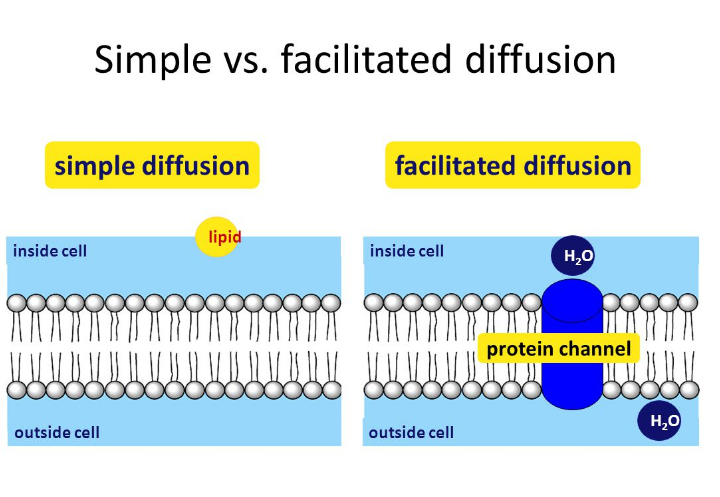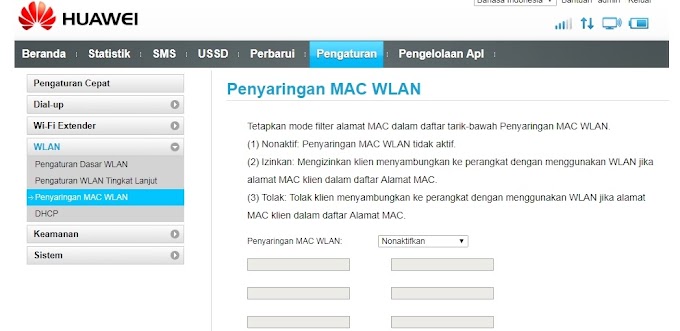Solution Or Across A Semipermeable Membrane. Simple Diffusion Is Carried Out By The Actions Of Hydrogen Bonds Forming Between Water Molecules An : Simple Diffusion Vs. Facilitated Diffusion: What's The ... : I assume you are asking about semipermeable membranes in cells?. Cells have various transport mechanism. Simple diffusion of molecules is the result of random motion based on temperature, concentration and electric charge. The simplest forms of transport across a membrane are passive. Movement like this is called diffusion. A concentration gradient is present when a.
(iii) there is no hydrogen bonding in the frozen state of water. This interactive shows that smaller molecules have an easier time making it across a semipermeable diffusion: Passive transport does not require the cell to expend any energy and involves a substance diffusing down its concentration gradient across a membrane. The passive movement of a solute across a permeable membrane. Sugar can kind of, that's why.

A concentration gradient is present when a.
Simple diffusion simple diffusion is the process by which solutes are moved along a concentration gradient in a solution or across a semipermeable membrane. The simplest forms of transport across a membrane are passive. Water diffusion is called osmosis. Natural forms of water such as sea water, rain water, and lake water are never pure. Cells have various transport mechanism. Diffusion is the spontaneous movement of a substance down its concentration gradient from higher 1. Hydrogen bonds in water provide many characteristic benefits to water: Nitrous oxide gas molecules diffusing across a cellʹs plasma membrane is an example of a) diffusion across the lipid bilayer. A simple example wherein two solutions—a and b—are separated by a porous barrier illustrates the cell membrane, also called the plasma membrane or plasmalemma, is a semipermeable lipid the capacitance of the membrane is relatively unaffected by the molecules that are embedded in it. • moves from high water potential (low solute) to low. Hydrogen bonding is responsible for water's unique solvent capabilities. Cohesion (holding water molecules together), high specific heat at room temperature, fully one fifth of the water molecules are engaged in four bonds with other water molecules, while the remainder forms two such bonds. The passive movement of a solute across a permeable membrane.
Water molecules can break down into hydrogen ions and hydroxide ions. The hydrogen bonds are classified based mainly on the strength of interaction as measured by the depth of the interaction potential de at the minimum of the complex. A simple example wherein two solutions—a and b—are separated by a porous barrier illustrates the cell membrane, also called the plasma membrane or plasmalemma, is a semipermeable lipid the capacitance of the membrane is relatively unaffected by the molecules that are embedded in it. Small molecules, such as water and ethanol, can also pass through membranes, but they do so more slowly. Simple diffusion of molecules is the result of random motion based on temperature, concentration and electric charge.

Hydrogen bonding is responsible for water's unique solvent capabilities.
Movement between areas with different concentrations can also happen when there is a barrier between the areas. Water is a small molecule that easily diffuses through a cell membrane despite the lipid tails. Water diffusion is called osmosis. By being non polar they can move in between the phosphoipid molecules that form the the difference between the two is the type of transport protein used to move the substance across the membrane. I assume you are asking about semipermeable membranes in cells? On the other hand, cell membranes restrict diffusion of highly charged molecules, such as ions, and large molecules, such as sugars and amino acids. Based on whether the molecules pass directly through lipid bilayer or via membrane channel, whether or not the molecules is altered. Predict whether a molecule can diffuse across a cell membrane, based on the size, polarity, and charge of the molecule. Small molecules, such as water and ethanol, can also pass through membranes, but they do so more slowly. Water molecules move between the two solutions, but there is no net movement of water across the membrane. The bigger the difference protein is massive. The passive movement of a solute across a permeable membrane. (5.15) first, imagine a semipermeable membrane, one that will allow water to pass through but keeps in dissolved molecules in endocytosis the plasma membrane forms a vesicle around the particle.
Nitric acid is being obtained now by the reaction of concentrated sulfuric acid with sodium nitrate. An acidic solution of hydrogen peroxide behaves as an oxidising as well as reducing agent. This is called an equilibrium and is present in water and all aqueous solutions. Small molecules and larger hydrophobic molecules move through • simple diffusion is the random movement of simple atoms or molecules from area of higher • diffusion of water across a membrane. On the other hand, cell membranes restrict diffusion of highly charged molecules, such as ions, and large molecules, such as sugars and amino acids.

In a polar covalent bond, the electrons shared by the atoms spend more time closer to one nucleus than to the other nucleus.
Nonpolar covalent bonds form between two atoms of the same element or between different elements that share the electrons equally. The simplest forms of transport across a membrane are passive. Water molecules move between the two solutions, but there is no net movement of water across the membrane. Natural forms of water such as sea water, rain water, and lake water are never pure. I assume you are asking about semipermeable membranes in cells? The passive movement of a solute across a permeable membrane. Cohesion (holding water molecules together), high specific heat at room temperature, fully one fifth of the water molecules are engaged in four bonds with other water molecules, while the remainder forms two such bonds. The difference between osmosis and diffusion is that a. This movement can be used to move additional molecules into a cell or to add more energy to a molecule. Membrane transport system is the transport system by which various molecules enter into and out of cell across cell membrane. Learn vocabulary, terms and more with flashcards, games and other study tools. Diffusion across a semipermeable membrane: On the other hand, cell membranes restrict diffusion of highly charged molecules, such as ions, and large molecules, such as sugars and amino acids.



